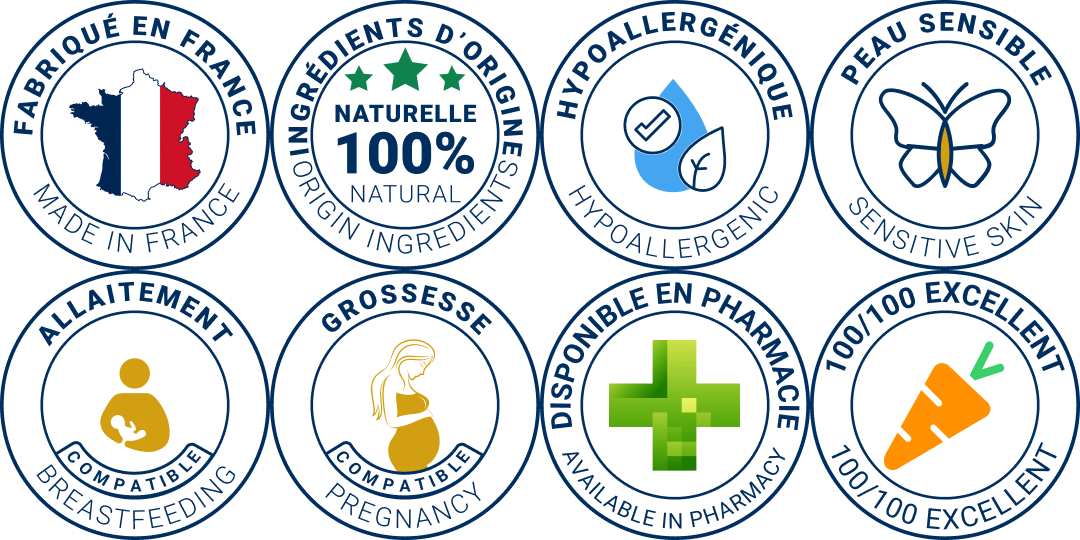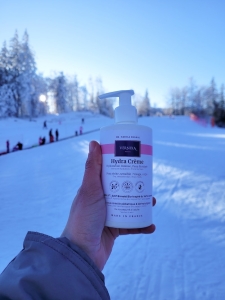Reading Time: mins
Inverse psoriasis is distinguished by its appearance in body folds, such as under the breasts, around the groin, and under the armpits. Unlike other types of psoriasis characterized by scaly patches, inverted psoriasis presents red, shiny, smooth lesions that can be particularly uncomfortable due to friction and maceration. This specificity makes inverted psoriasis not only difficult to live with on a daily basis, but also sometimes complicated to diagnose, as it can easily be confused with other skin conditions such as mycosis.
Psoriasis is an autoimmune disease, and in the case of reverse psoriasis, certain features increase the risk of the disease developing or worsening. Overweight or obesity are significant factors, due to increased friction in the folded areas. Stress, skin injuries, certain infections and even genetic factors can also play a role. These factors underline the importance of overall health management and risk factor reduction wherever possible.
The characteristic lesions of inverted psoriasis are often accompanied by itching, burning or pain. These symptoms can vary in intensity and have a considerable impact on the quality of life of sufferers. Early and accurate recognition of these signs is crucial to diagnosis and the choice of an effective treatment strategy. This often involves a careful dermatological assessment, sometimes supplemented by specific examinations to rule out other conditions.
Topical treatments, such as dermocorticoids, play an essential role in managing reverse psoriasis, reducing inflammation and discomfort. For more severe cases, options such as biotherapy or phototherapy may be considered. These treatments require rigorous medical follow-up to monitor side effects and adjust treatment if necessary.
In addition to medical treatments, adopting a gentle, natural skincare routine can greatly improve the daily lives of people with reverse psoriasis. Vernixa recommends products such as Hydra Lavant and Hydra Crème, designed for sensitive skin and enriched with natural ingredients. These products soothe, moisturize and protect the skin, playing a crucial role in the overall management of reverse psoriasis.
Managing reverse psoriasis is an ongoing process, requiring an integrated approach encompassing both medical treatments and gentle, natural skin care. Recognizing symptoms, understanding the condition and adopting an appropriate skincare routine can help you lead a more comfortable life despite the condition. Vernixa encourages people with reverse psoriasis to adopt a gentle approach to their daily skin care.
Embrace a gentle, natural approach to skin care with Vernixa products, specially designed to meet the needs of sensitive skin. Discover how our range can help soothe and protect your skin from reverse psoriasis.


All Rights Reserved | Tous Droits Réservés GTIN Compliance Hydra Lavant | GTIN Compliance Hydra Crème



